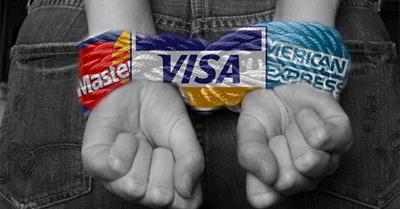In this episode of Screen News Digest (Vol. 27, No. 6), viewers see a very brief history of the development of computing and the ways in which microchips impact contemporary everyday life. The episode opens with footage of Stonehenge, microchips, and people working with computers in offices. Two people use their fingers to count, then they place stones on the sand to represent values (in development of counting). The episode shows an abacus, a reenactment of Blaise Pascal inventing his counting machine, and a reenactment of Joseph Jacquard developing a programmable loom controlled by punch cards. A punch roll operates a player piano. The episode shows a reenactment of Charles Babbage in 1823 developing his steam-powered computing machine . This is followed by shots of a cash register, vacuum tubes in early computing machines, and photos of the first ENIAC computer in 1946, as well as photos of the first transistor computer. A man operates a computer, developing circuit layouts on the monitor. Viewers see some clips of the production of microchips. People work at desks in a large room housing large computers. At an aerospace factory, people move rocket blaster cones. A robotic assembly line assembles some product. Viewers see a space shuttle taking off. There is a montage of shots of people working with computers, including an office desk top, check processing machines, bank ATMs, and a home desktop computer. A supermarket clerk scans groceries. Two men retrieve their plane tickets using an automated ticket kiosk. A couple dines at a fancy restaurant in a hotel. A helicopter lands at a hospital, and an injured person is carried off the chopper on a stretcher. The film concludes with footage of Stonehenge, computers, and a city skyline at night."

